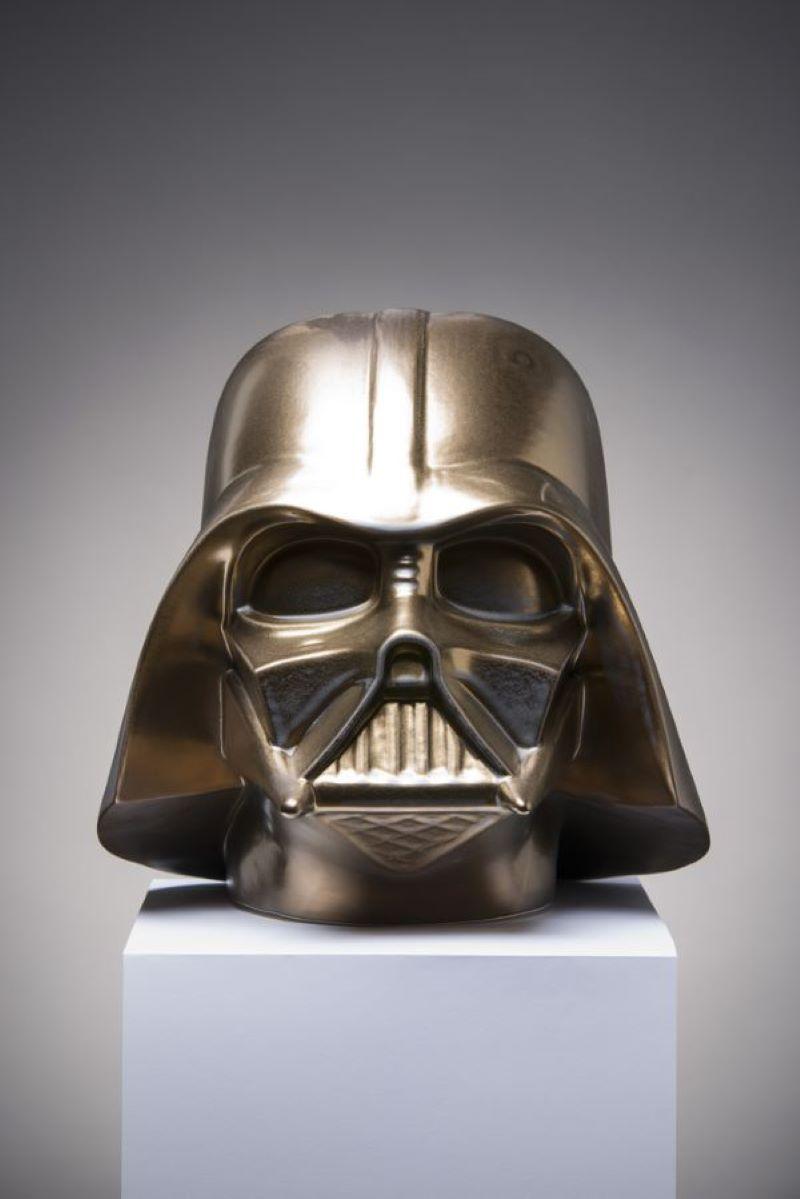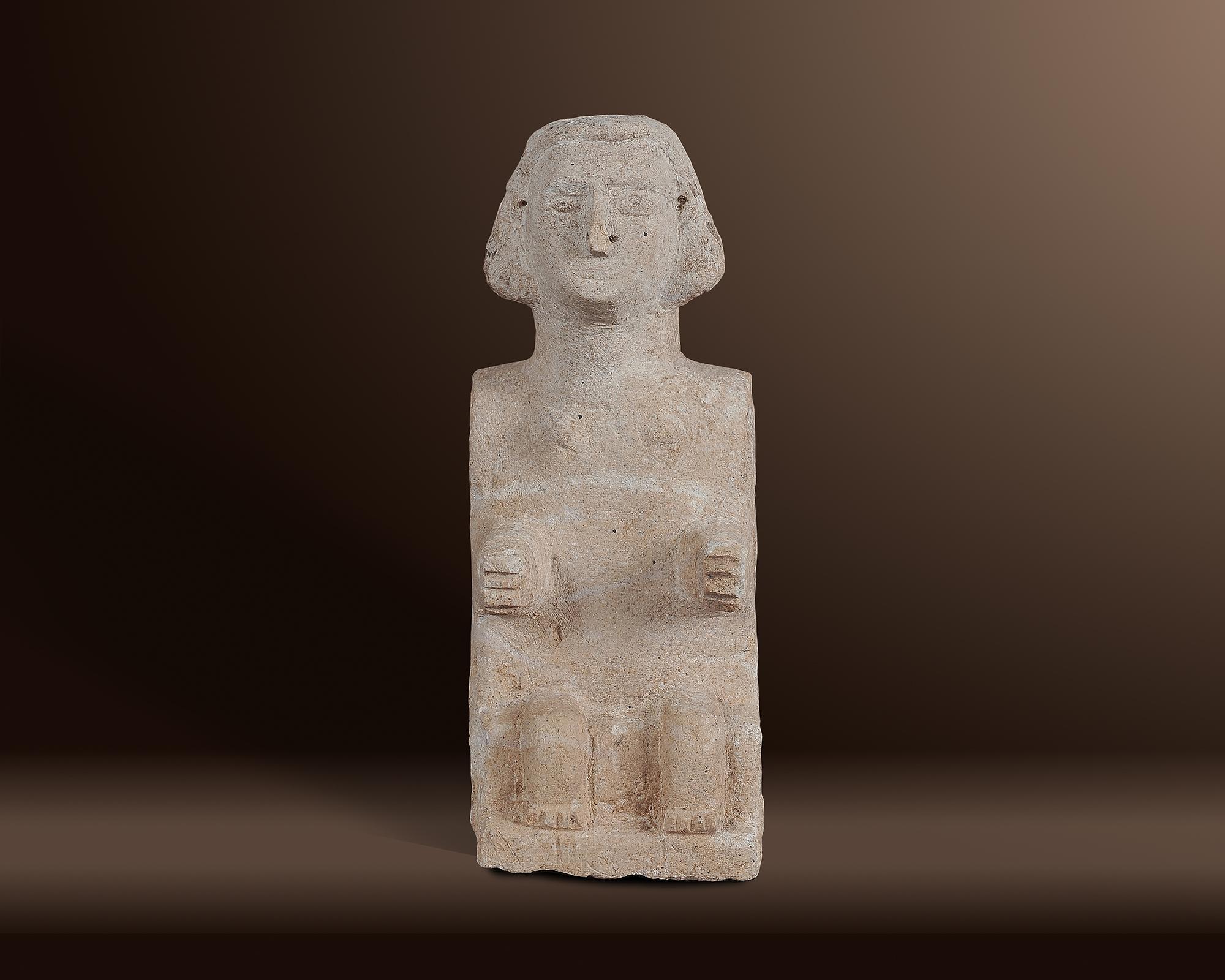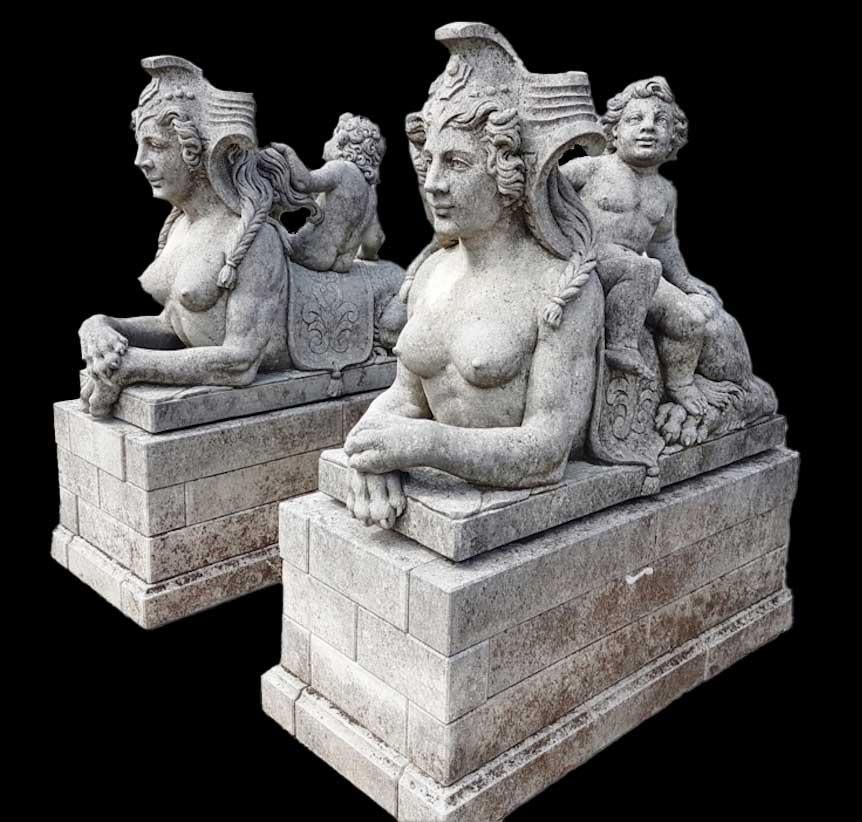Items Similar to Hl. Hieronymus
Want more images or videos?
Request additional images or videos from the seller
1 of 11
UnknownHl. Hieronymus1500/20
1500/20
About the Item
St. Jerome
347 Stridon, Croatia - 420 Bethlehem
Around 1500/20
Limestone
Remains of the original polychromy
Height 45 cm
The man with the holy name!
347 Stridon, Croation – 420 Bethlehem
Everyone knows St. Jerome, one of the most important church fathers of antiquity.
That Jerome means “Holy Name” and that he was one of the most prolific authors of Late Antiquity
was, is hardly known. His biography reads like an exciting narrative.
Jerome is one of the most captivating figures of Christian antiquity. He possessed an almost morbid sensibility, a loving and passionate heart, was jealous, suspicious, excitable, vindictive, and intemperate in his polemics. But he was also passionate in his love for the Church and in defense of Catholic truth. He united in himself the ascetic and the scholar. With Augustine, Jerome is the most learned of the Latin Church Fathers .
In addition to his grammatical and rhetorical education, Jerome possessed a knowledge of languages (Latin, Greek, Hebrew) that was unique for that time, as well as geographical, archaeological and literary knowledge. He had recognized the value of original texts and his achievement as a translator is extraordinary. His main merit for the Church remains the creation of the Vulgate (translation of the Bible). His influence on the culture of the Middle Ages was deep and lasting.
He is patron of:
Croatia, Dalmatia and Lyon,
of pupils, students, teachers, scholars, theologians, translators, proofreaders,
of the theological faculties, scientific associations, Bible societies and ascetics, against eye diseases
The representations of Jerome are still very much in demand today. Two-dimensional as a painting is this in the 15. and 16. to be found more often. As a three-dimensional sculpture rarer. This extraordinary sculpture of St. Hieronymus convinces with a high artistic quality. It was executed in limestone by a master craftsman. Remnants of polychromy are still present.
The condition is very good and according to the age museum. Such great works are special rarities today and hard to find.
- Creation Year:1500/20
- Dimensions:Height: 17.72 in (45 cm)Width: 7.88 in (20 cm)
- Medium:
- Period:
- Condition:
- Gallery Location:Wien, AT
- Reference Number:1stDibs: LU1143213902252
About the Seller
No Reviews Yet
Vetted Seller
These experienced sellers undergo a comprehensive evaluation by our team of in-house experts.
Established in 1986
1stDibs seller since 2019
Typical response time: 11 hours
- ShippingRetrieving quote...Ships From: Wien, Austria
- Return PolicyA return for this item may be initiated within 14 days of delivery.
More From This SellerView All
- Ancient DeityLocated in Wien, WienANCIENT DEITY Seated representation of God Southern Arabia Pre sabean 2nd - 1st millennium BC. Oolite limestone Height 24,5 cm Comparable works in the British Museum/London ...Category
15th Century and Earlier Figurative Sculptures
MaterialsLimestone
- Standing EngelLocated in Wien, WienStanding angel with banner Flemish Around 1450/60 Sandstone 60 x 21 x 15 cm This museum figurine shows a standing angel with a banner in his right hand and a small box in his left. The youthful, ageless figure wears a coat held together with a triangular, floral brooch in front of the chest over a long robe. The angel’s gaze is directed forward, his head tilted slightly to the left. The elongated face is sculpted: the large almond-shaped eyes with accentuated upper and lower eyelids are alertly open and sharp eyebrows lead directly into the root of the nose. The straight nose above the pronounced mouth completes the idealized oval face of the angel and his calm, internalized facial expression. What is particularly remarkable, however, is the magnificent curls, which are only partially tamed by a simple headband. As if puffed up by the wind, the hair, which is sometimes streaked in parallel, sometimes wildly twisted and richly curled, stands out dynamically from the ears. The tilted head with these sideways protruding waves of hair thus conveys an immediate impression of movement. The physicality of the sculpture is expressed particularly through this organic, lifelike movement of the loosened hair. The lively overall impression of the figure is further enhanced by the multiple rolled banners that the angel presents to the viewer. The outstretched palm of the right hand appears both intimate and confidential as well as mystically revealing. This banderole winds in gentle curves in front of the figure’s body, throws a fold over the second attribute in the angel’s left hand and falls downwards in a loose manner. The volute-shaped rolled up end of the banner clearly shows the fine texture of the banner and at the same time draws the viewer’s attention to the small cube-shaped box that the angel is holding in its slender, long-limbed fingers. The cube is decorated with a Gothic quatrefoil motif, which is often seen in the architectural tracery of windows, but was also often used to decorate caskets and other small treasures. The sweeping gestures in the presentation of the attributes suggest three-dimensionality, in contrast to the tubular folds at the base of the neck and the intricate draperies in flat and multiple overlapping garment sections. The soft curves of the folds give the impression that the clothing is made of a heavy fabric that falls diagonally down the front and is laid in several bowl folds under the right hand. Overall, the sculptural work testifies to the highest artistic skill, which emphasizes the virtuosity of sculpture in its precious and representative overall impression. The memorable characteristics recognizable here can be seen in comparable pictorial works from Utrecht around the middle of the 15th century, when sculptural art – especially stone sculpture – was characterized by a remarkably high quality. Particularly noteworthy is the accentuated Utrecht head type with an elongated oval face, almond-shaped eyes with heavy lids and dense, vividly protruding tufts of hair framing the head. For example, the figure is comparable to a capital of an angel on the east side of the rood screen of the Joriskerk in Amersfoort (province of Utrecht) from the second quarter of the 15th century. Not only the physiognomy and hair, which in the comparative example stand somewhat more horizontally to one side, but also the garment puff above the girdle are similar. Even more related motifs, such as the cleverly placed bowl folds, can be found on the limestone figure...Category
15th Century and Earlier Figurative Sculptures
MaterialsSandstone
- Nok CultureLocated in Wien, WienNok culture Sitting 500 B.C. - 200 A.D. Terracotta Height 60 cm TL expert opinion of the University of Vienna Prof. Dr. Rudolf Erlach Provenance: Private collection NiceCategory
15th Century and Earlier Figurative Sculptures
MaterialsTerracotta
- Apostel groupLocated in Wien, WienAPOSTLE GROUP ORIGINAL VERSION Flemish/Brabant Around 1500 Oak wood carved Height 37.5 cm, width 12 cm, Depth 12.5 cmCategory
15th Century and Earlier Figurative Sculptures
MaterialsWood
- Pair Flying AngelsLocated in Wien, WienMUSEUM PAIR FLYING ANGELS Brabant/Brussels Around 1500 Oak wood, full round carved Height 40/38 cm These two figures are a pair of flying angels mad...Category
16th Century Figurative Sculptures
MaterialsWood, Oak
- Corpus Christi "ascribed Veit Stoß"Located in Wien, WienMUSEUM CORPUS CHRISTI Nuremberg or Poland/Krakow Around 1490/1500 Workshop of Veit Stoß (1447-1533) ascribed Boxwood carved Height 31 cm This Corpus C...Category
15th Century and Earlier Figurative Sculptures
MaterialsWood
You May Also Like
- $ 2 from New Zealand (Bronze)By Houben R.T.Located in New York, NYHouben R.T is an Avant-garde painter and draftsman with his own unmistakable voice. Houben was born in Bulgaria and graduated with a degree in painting from the Conservative Art Acad...Category
2010s Contemporary Figurative Sculptures
MaterialsCast Stone, Limestone, Bluestone
- Fluted FigureLocated in Austin, TXBy Mark P. Williamson 17" x 8" x 6" LimestoneCategory
21st Century and Contemporary Abstract Figurative Sculptures
MaterialsLimestone
- Four Season Extraordinary Set of Italian Stone Caryatids SculpturesLocated in Rome, ITFour Caryatids sculptures with classically draped figures and their distinguishing symbols. Autumn, winter, spring and summer. Measures: Height wi...Category
20th Century Academic Figurative Sculptures
MaterialsLimestone
- Four Season Extraordinary Set of Italian Stone Term Figure SculpturesLocated in Rome, ITFour Term Figure sculptures with classically draped figures and their distinguishing symbols in carved Vicenza stone. Autumn, winter, spring and summer. Measures: Height with squar...Category
20th Century Academic Figurative Sculptures
MaterialsLimestone
- Pair of Exceptional Italian Sphinx Limestone StatuesLocated in Rome, ITDesigned as entrance guardians, this pair of mythical lady sphinx statuary display the head and chest of a neoclassical woman and the body of a recu...Category
2010s Baroque Figurative Sculptures
MaterialsLimestone
- Italian Stone Garden Sculpture of Roman Mythological subject ApolloLocated in Rome, ITFinely carved mythological subject in Vicenza limestone of Apollo and Minerva Excellent condition from an estate of Veneto. Measurements: Statues cm 150, base cm 85.Category
20th Century Academic Figurative Sculptures
MaterialsLimestone





